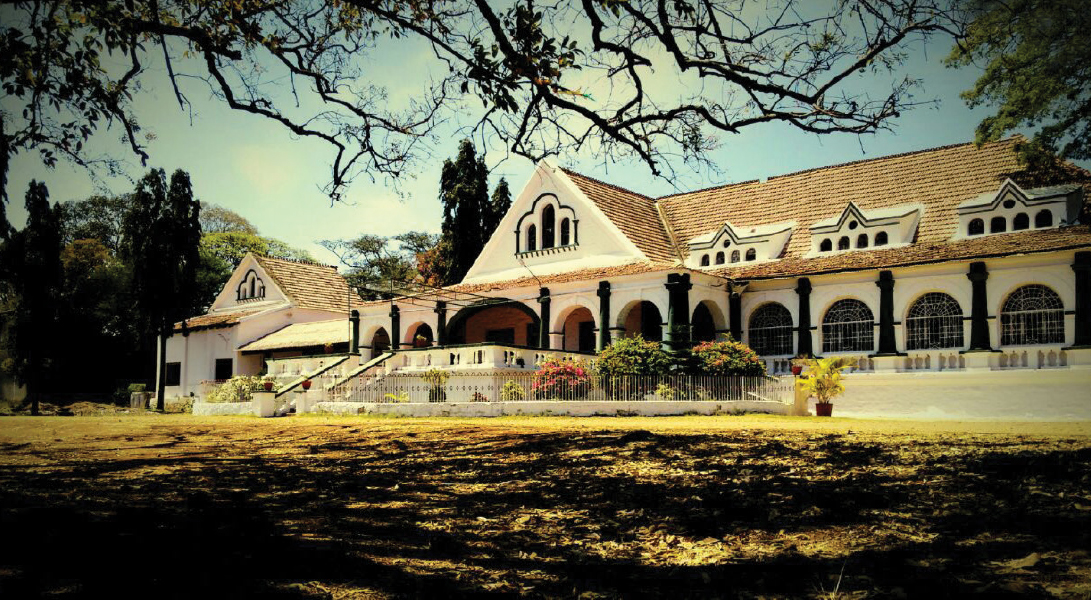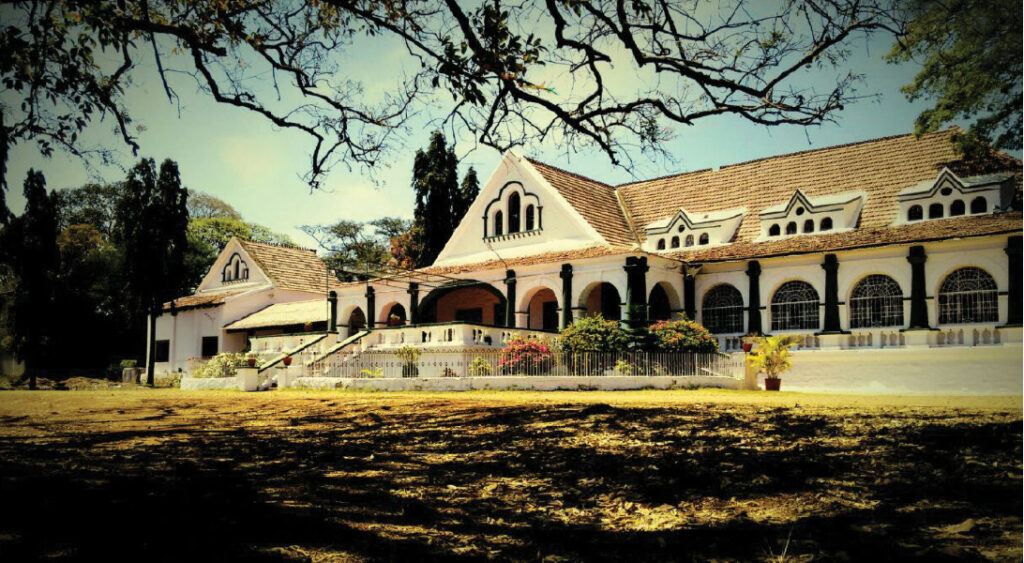Did you know that Kolar Gold Fields, around 100 km to the east of Bengaluru, was the second town after Tokyo in Asia to get electricity in 1902? And still has the longest passenger train in the world (over 20 coaches), Swarna Express running to Bengaluru; and probably, the first private company to hire an organised workforce in India.

Until the dawn of the 19th century, the vast expanse of Mysore region was shared between Tipu Sultan and the Wodeyar dynasty. “With the death of their arch enemy Tipu Sultan at Srirangapatna in 1799, the British consolidated the region into a single entity and gave it to the Wodeyars. They ruled the territory as an obedient vassal of the East India Company ever since,” recalls S Srikumar, a journalist and a PhD holder on Kolar Gold Fields.
Following reports of gold sighting on the rocky terrains of Kolar and travellers, migrants pocketing the yellow metal found literally rolling on the surface, “a survey by John Warren detailed the presence of this mineral in a landmark publication Asiatic Journal 1804.”
The gold rush
Many unscientific means were adopted to dig out gold by the Englishmen till the 1860s, as they were excited by the prospect of hitting a treasure trove. In 1865, a young army soldier Michael Fitzgerald Lavelle, through a scientific approach, found that gold was present in great abundance at Kolar and applied for a mining lease from the Mysore King Wodeyar.

“But hamstrung by lack of resources and technical inputs, he sold the mining rights to George de la Poer Beresford, an Army major and a wealthy man who also worked as a government contractor, in mid-1870s,” says Srikumar.
In 1876, Beresford formed a syndicate of wealthy Englishmen and roped in Arbuthnot & Co, a mercantile bank from Madras, for a joint effort to extract gold from earth. From then on, he became a major stakeholder in John Taylor & Sons, which took up the massive operation of shifting men, material and resources to formally kick off the Gold Rush in 1880. “It may sound intriguing that the English company was allowed to operate till 1956, well after Independence, as PM Jawaharlal Nehru requested John Taylors to run the gold mines as they have got the expertise in this business,” he adds.
Labour crisis
In its heydays, from 1900s to 1940s, the second deepest gold mines in the world had over 40 shafts that went down 3–4 km underneath with a ‘honeycomb web’ of tunnels running to over 1,400 km in all. “The mining operation came to a halt in 2001 when rising labour cost, unviable technology and low returns on investments made the venture a loss-making enterprise,” says D Ravishankar, past president, RC Bangalore Orchards, RID 3190.

KGF had around 10 running shafts when it was shut down. The government started a new company Bharat Earth Movers Ltd (BEML) to accommodate thousands of workers who were left in the lurch after Bharat Gold Mines (BGML) was shut down for good.
A native of Kolar Town, Rtn Neil Michael Joseph from RC Bangalore Orchards can’t help but turn nostalgic over the happy times when thousands of Britons made Kolar their home. “Even during peak summer, the average temperature didn’t exceed 32 degree Celsius in those times. With abundant tree cover and a cool weather throughout the year, Englishmen brought their families here for a secure job at the mines,” he reminisces.
While the Britons took up managerial and supervisory jobs at the gold mines, the labour came from the Madras province, and comprised mostly Tamils. A series of colonial homes with the tell-tale signs of a large British settlement in Kolar evokes an aura of mystic charm. “Kolar was called the Little England of India then and with the Gold Rush, many Englishmen were only too eager to settle here and have a share of this gold pie,” says Joseph.
Pictures by V Muthukumaran






